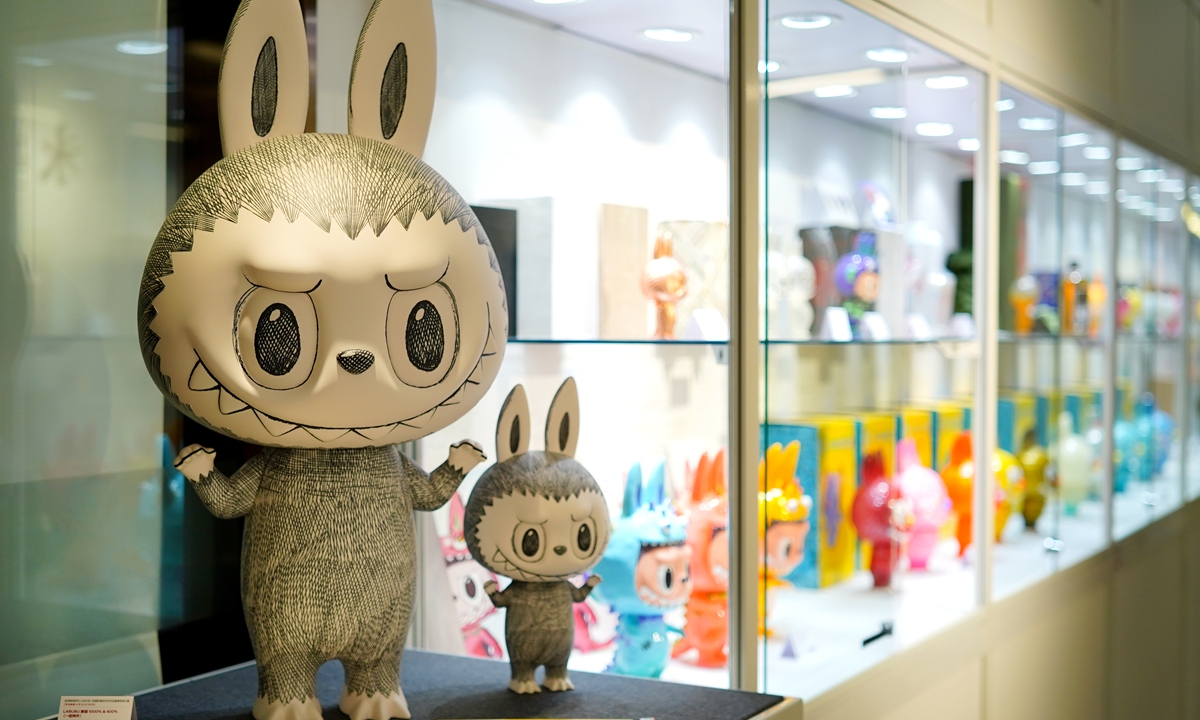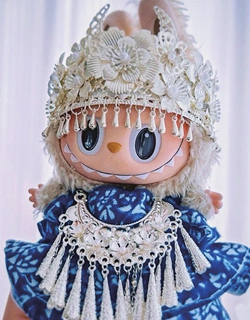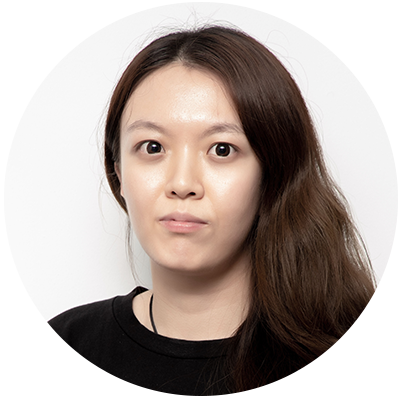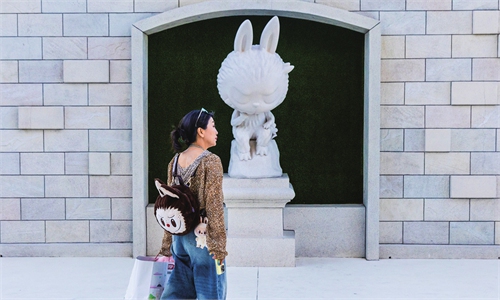ARTS / CULTURE & LEISURE
A playful union of pop culture and traditional Chinese aesthetics
Labubu meets heritage

An exhibition featuring Labubu is held in Beijing on June 18 , 2025. Photo: VCG
In the vibrant world of designer toys, a furry, round, and undeniably adorable creature is taking the global scene by storm. Meet Labubu, the nine-toothed Chinese monster that has captured the hearts of collectors worldwide. Labubu is now embarking on a new creative journey, one that bridges the cutting-edge world of pop collectibles with the timeless beauty of Chinese intangible cultural heritage (ICH).
On platforms like Xiaohongshu, or RedNote, and Douyin, Labubu has been spotted sporting traditional Chinese attire, sporting intricately embroidered ethnic costumes, wax dyeing and delicate hairpins crafted using centuries-old techniques.
Pierre Alivon, a French visual artist, sculptor, and exhibition curator, was equally captivated by the creative reinterpretation showcased through the pop toy.
He told the Global Times that Labubu dressed in traditional Chinese elements reflects an Eastern aesthetic in motion - not in the classical sense, but as an art of openness, a spirit of encounter. It transcends its toy-like origins, but becomes a contemporary totem - not a reproduction of culture, but a vessel of transformation.
"This small figure, adorned with ancient motifs, emerges as a universal symbol in flux, embodying a living tradition," said the artist.
From cute to 'handmade couture'
After seeing the growing trend of Labubu in ethnic costumes made with ICH techniques on social media, Zhao Zhen, an inheritor of traditional wax dyeing working in Xi'an, Northwest China's Shaanxi Province, was inspired to design and make unique Labubu outfits using the batik technique.
"I started by measuring Labubu's size, then used pure cotton fabric to sketch the design. After that, I applied wax, dyed the fabric using plant-based pigments, and finally shaped the pieces into outfits with the help of a tailor," Zhao told the Global Times. The entire process, from concept to completion, took three days.
How well does a traditional craft like batik pair with a modern collectible like Labubu? The warm welcome received on social media platforms demonstrates that they complement each other beautifully.
Another standout story comes from Zhang Shanshan, a young artist from Enshi, Central China's Hubei Province. A devoted Labubu collector, Zhang enlisted the help of her aunt, Zhao Kuanmei, an inheritor of Enshi ethnic costume-making techniques. Together, they designed and crafted a custom Tujia ethnic outfit for her Labubu. The result? A miniature ensemble that combines vibrant colors, geometric patterns, and symbolic embroidery - a celebration of Tujia ethnic culture that garnered over a million views on social media.
"Labubu has been a global trend, and its fans love customizing and dressing it up," said Zhao. "As a result, we have seen a rise of Labubu-themed accessories like doll outfits and bags. Batik works well with Labubu because, as long as the outfit is designed to be stylish and appealing, it can resonate with a wide audience and introduce more people to this intangible cultural heritage."

A Labubu outfit crafted using the batik technique Photo: Courtesy of Zhao Zhen
Rise of 'heritage chic'
Across China, Labubu fans are embracing the concept of dressing their toys in traditional Chinese ethnic attire. From Tujia embroidery to Zhuang brocade, these miniature outfits are not just fashion statements - they're cultural celebrations.
Li Jiaxing, a representative of the Ouluo workshop at the Museum of Guangxi Zhuang Autonomous Region, told the Global Times that their workshop has been launched this year by the museum as a new interactive space where visitors can try their hand at handicrafts.
"The ethnic-style doll outfits and fridge magnets have been around for a while and have always been quite popular. We were surprised to see them suddenly go viral online thanks to Labubu," said Li.
Currently, the workshop offers doll outfits for various trending collectible figures, including different versions of Labubu, radish dolls, LinaBell, and the self-deprecating Bear. "It's been extremely busy lately," said Li. "Some staff members are sewing hats, others are picking out silver ornaments, working on hot-press techniques, or handling customer service. We barely have a moment to rest."
"The three artisans in the shop are working nonstop, but can only finish about 30 to 40 outfits a day. When the craze first began about a month ago, the delivery wait time was around three days, now it is hard to even estimate."
Zhang Yi, CEO of the iiMedia Research Institute, told the Global Times that the perfect fusion of designer toy IPs with Guangxi's local culture has created a fresh form of "fan economy." Not only does it bring greater visibility to Guangxi's ethnic heritage, but it also gives popular IPs a distinctive flair.
"Labubu is wildly popular in many countries around the world right now," Zhang said. "But dressing it in outfits with Chinese ethnic elements gives it a unique identity."
Zhao sees the "heritage chic" of pop toys like Labubu as a positive trend. "This phenomenon shows people are drawn to both fashion and tradition. It is a great example of how we can breathe new life into intangible cultural heritage without losing the essence of traditional craftsmanship."
The young inheritor emphasized that the key lies in modernizing without compromising authenticity.
"We need to revitalize ICH by integrating it into contemporary designs. For example, our workshop has started developing batik-inspired cultural products, including clothing and accessories. Even local coffee shops have incorporated batik elements into their decor. When Labubu is combined with these traditional crafts, it is another innovative way to share our culture with the world."


